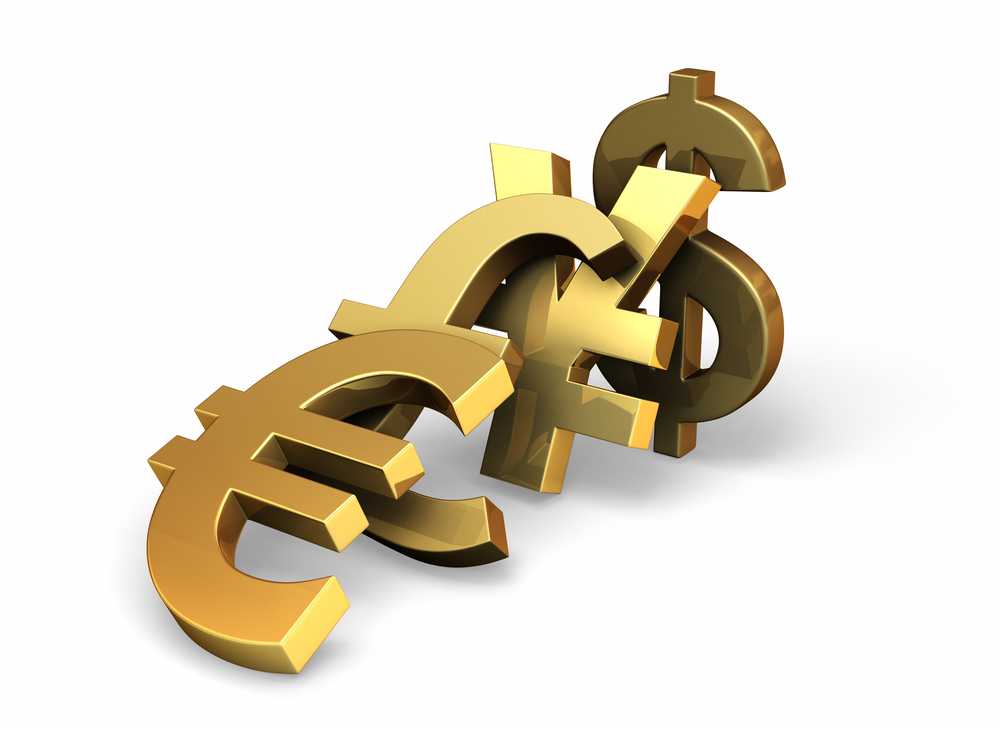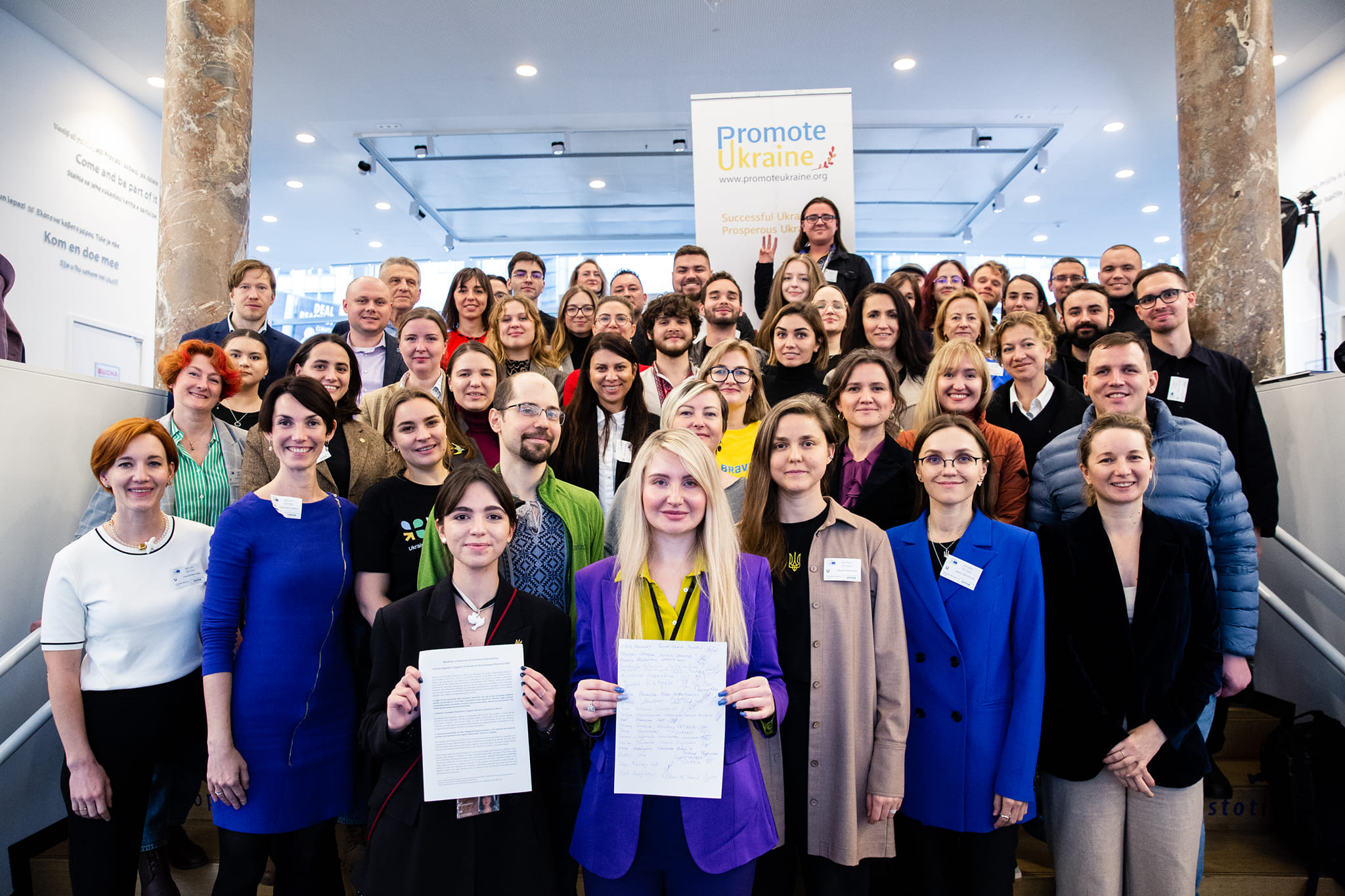At the end of February this year, the Ukrainian national currency optimistically demonstrated stability for several months, the stability Ukrainians have forgotten about over the last six years. And even after hryvnia has strengthened from 28 to 23 UAH/USD, it went down in value by 10% to 25,5 UAH/USD, analysts have argued about the chances of the national currency to be fixed at this optimistic level.
The appreciation of the dollar against hryvnia was forecasted immediately after the presidential elections last year. This is a traditional scenario of numerous countries. Instead, the dollar was depreciating until it reached 23-24 UAH, which is 20% less than at the beginning of 2019.
Then analysts pointed out that one of the main reasons for hryvnia strengthening was an active increase of investments in government securities by foreign investors. It is about domestic loan bonds. They were highly profitable and had minimal risk of non-return. Especially after the statement of the International Monetary Fund about the possibility of opening a new cooperation program for Ukraine in 2020. Following the foreign investments, Ukrainian government securities have increased in price by nearly 20 times to UAH120 billion.
Apart from that, the NBU in an official comment noted that the slowdown of inflation was due to the impact of last year’s hryvnia strengthening on consumer prices. The slowdown of inflation in January 2020 was in line with the NBU’s preliminary forecast and core inflation decreased to 3,3%. The hryvnia appreciation continued to be reflected in the value of imported goods and products with a high import share in cost price.
But all the above-mentioned gains of hryvnia are now in the past. As the COVID-19 pandemic leaves almost no chance for the Ukrainian national currency.
Since early March, the NBU has sold foreign currency reserves of more than $1,2 billion. Taking into account the repayment of the IMF loan part estimated to be about $414 million, the NBU’s gross foreign reserves can amount to $25,1 billion, while the net foreign reserves are $16,4 billion. As a matter of fact, this is still a high level of reserves.
If the NBU sells currency at the same rate as in the second week of March ($1 billion/week), when the first signs of panic in the currency market triggered by the pandemic Corovavirus occurred, then net foreign reserves (and they are the most important) will fall by mid-April to the level of November last year. And the fall in net reserves to 2018 level (about $7 billion) can only happen at the end of May, says Capital Times investment managing partner Eric Naiman.
Thus, technically, the NBU can continue to hold back hryvnia devaluation for a very long time. The decisive factor will be patience and opportunities (free hryvnia, for instance).
Hryvnia demand will be required to continue hryvnia devaluation. And the main question is how much free hryvnia is in circulation and from where it can go to the foreign exchange market. According to Eric Naiman, in general, more than UAH320 billion can reach foreign exchange market, and hryvnia domestic government bonds market is quite a small amount. An emission hryvnia should probably be added to this amount – the NBU will have to assist the Ministry of Finance to finance the state budget deficit during the coronavirus pandemic. And the NBU’s foreign exchange reserves will of course cover this hryvnia demand which is net $16,4 billion.
According to a survey conducted by the independent financial portal Finance.UA, most respondents expect hryvnia to be higher than 30 UAH/USD in April. In this context, the hryvnia devaluation of at least up to 30 UAH/USD will be a benefit for Ukraine, as it will help to fill the state budget, help exporters, and bring the economy out of the trap of a deflationary recession.
However, if the authorities play it out with a printing press or if PrivatBank is returned to the previous owners (or their debt is forgiven) which will quarrel Ukraine with the IMF at the most inappropriate moment, then the level of 32-35 UAH/USD will remain far behind, and this will result in hyperinflation. The next few weeks will be crucial for the Ukrainian national currency. Its course will be influenced primarily by a number of factors such as the presence (or absence) of effective solutions to fight coronavirus pandemic, the ability of the world community to overcome the pandemic, the effectiveness of measures (in particular quarantine) to stop the spread of the pandemic in Ukraine. The IMF’s opinion, which is expected to send the next tranche (and which has not yet been confirmed), will have a significant impact on hryvnia exchange rate.
However, that’s not the point. The main thing is that we are now witnessing a total change in the world order that was established after World War II. Due to a strange illness that was discovered only in January this year in the remote Chinese city of Wuhan, the economy of the leading countries of the world has become stagnant within two months.
On March 19, the Bank of America warned investors that the recession in the US economy caused by the coronavirus could not be avoided and that it had already begun. According to bank estimates, the US economy will decline by 12% in the second quarter, and overall GDP will decrease by 0,8% annually. «We officially declare that the economy has entered a recession joining the rest of the world», said Bank of America economist Michelle Meyer. According to Michelle Meyer, «jobs will be lost, well-being will be damaged and trust will be eroded».
We have to understand that during the global recession there are a number of factors that Ukraine is simply unable to influence in its attempts to balance hryvnia rate.






 UA
UA FR
FR DE
DE




